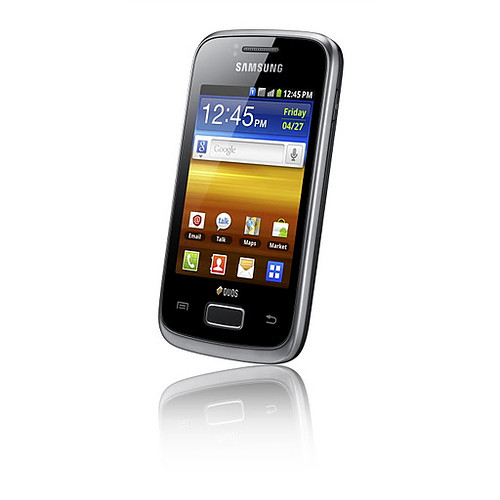This is more of a wish list of what changes I’d like to see in technology and related areas in the next 12 months. This is based around a number of concepts, a few of which are lean web development, security, SSD pricing, better product design and service breakouts.
Lean Web Development
Lean web development. This have gotten ridiculous when the average size of a web page is now 1MB. It adversely affects page load times and assumes that bandwidth for the end audience is limitless, which is a fallacy when you have mobile broadband caps and telecoms providers looking to meter broadband use moving forwards. Lean web development recognises that wireless and wired networks don’t provide the kind of limitless low latency broadband technologists assume exists. It might be about turning the approach to web development on its head and developing for mobile devices first and then adding on content or features depending on the device rather than trying to hyper-mile existing web technologies.
Security
A more secure web. At the base level an increased awareness of security: why do companies store credit card details or personal information in unencrypted files? At an architectural level:
- Re-secured DNS and SSL certificates
- Secure VPNs over IP v.6 networks
- Effective IP address and system configuration masking to protect from privacy intrusions and badly executed behavioural advertising
SSD price decrease
The price of solid state drives (SSDs) to fall so that they can be used on my MacBook Pro as the primary storage drive for my life. At the moment whilst devices like the MacBook Air are attractive. they don’t have enough storage capacity and act as an adjunct or special purpose personal computing device. At the present time that just isn’t possible. Cloud is interesting as an idea, but the reality of networks doesn’t make it as practical as people seem to think.
Design
An increased appreciation of ergonomics in device design. In the mid-90s I had an Apple PowerBook which came with legs that flipped around to angle the keyboard at an optimal angle for typing. My current MacBook Pro doesn’t have any kind of similar feature. My iPhone feels too wide in my hand as a phone and my iPad is awkward to hold. And I haven’t even started into a rant over the pictures under class interface and soft keyboard of the device with no haptic feedback. Part of this is down to a size-zero aesthetic design obsession and interface designers per-occupation with the Tom Cruise film Minority Report – but its making designs that are not particularly human-friendly and leading to poorer product performance.
A move away from general purpose technology hardware and smartphones to focused designs. Convergence has been a watchword in hardware and software design. A less positive spin on this is bloatware. In hardware that has meant personal computers and smartphones. The personal computer is currently being challenged for dominance by tablet devices which only use a fraction of the computing power available. Why is it that Microsoft Word only allows me to write as fast in the latest version for the Mac as Word 5.1 which was released two decades ago? It is ironic that smartphones like the Apple iPhone can do a range of great and trivial tasks, but are quite poor at being a phone. Dropped calls, poor call-quality and a form factor that still feels a bit too wide in my hand as I hold it to my ear – it is a great example of being a jack-of-all-trades but master of none. Whilst a Swiss army knife or Leatherman tool is useful at a pinch, you are still better off doing the job with the right tools if available. With software or digital services space and weight aren’t an issue, yet we have products that have overloaded awkward functionality that leads to a poor user experience. By all means get different things to talk to each other: iftt provides a great template for how that should look; but don’t try and do all of those things on the one user space. 37Signals ethos to become the norm, rather than the exception.
Service break out
One of the Chinese services like Sina.com’s Weibo crossing over and giving Twitter a run for its money. Sina.com have kept innovating with their product getting ahead of Twitter and innovating in terms of the user experience. A side benefit of compliance with Chinese government legislation has meant that they seem to do a good job on spam as well.
Wireless choice
A clear idea of what on earth is happening with Research in Motion | Intel | Sony in the mobile space and excellent differentiated products to bring some choice back into the wireless world rather than more of the same. The wireless device industry is starting to exhibit some of the dynamics of the PC industry: with ARM and Android being the Intel X86 and Microsoft Windows of the handset world, with Apple doing their own things. Costs are coming down but innovation only seems to look like what Apple does at the present time. There is a reduction on the types of form factor designs and interaction methods.
Media
The return of Geek Monthly. This was a US publication that I came across in Hong Kong. It’s publisher filed for Chapter 7 bankruptcy, but it got picked up by a new firm looking to get it back on the road. Hopefully they’ll succeed. This Current TV programme should give you an idea of what to expect:
